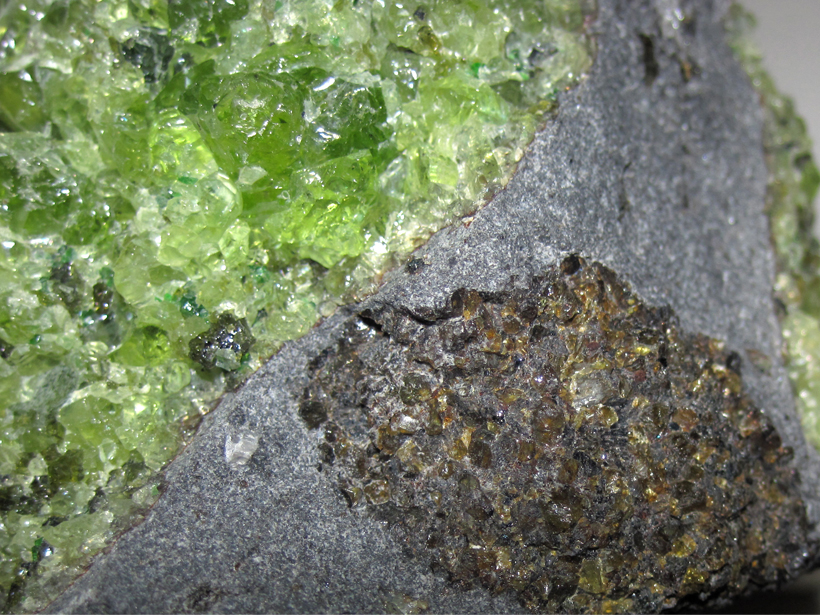Source: Geochemistry, Geophysics, Geosystems
When earthquakes send shivers through Earth, they are a natural hazard that can generate massive damage. However, the amplitude and traveltime of seismic waves can also reveal vital information about the structure of the planet. Here Cafferky and Schmandt look at the amplitude of teleseismic P waves and map variations in the upper mantle across the United States to gain a better understanding of how seismic waves lose energy as they propagate.
Seismic amplitudes decrease as waves travel through the mantle, and this decay behaves differently in material that is elastic or slightly anelastic. Elastic attenuation refers to energy becoming less concentrated as it spreads through increasingly large volumes of Earth, and anelastic attenuation refers to wave energy lost by conversion to heat. A form of elastic attenuation known as “scattering” occurs when nonuniformities in the mantle material cause seismic waves to deviate from their trajectory.
To analyze these differences, the researchers looked at USArray measurements of teleseismic P wave amplitude spectra from deep earthquakes. The data were inverted in order to map variations in the upper mantle attenuation parameter called ∆t* across the contiguous United States.
The team found relatively high ∆t* in the south Rocky Mountains, Appalachian margin, and American southwest and low ∆t* across the older, more stable interior. Where changes in ∆t* magnitudes varied, the variation was dramatic: roughly 2 to 7 times more than models of mantle temperature predicted.
The team interprets this as evidence that ∆t* variations are not only the result of thermal influences. Instead, other drivers of the variations could include partial melt, changes in mantle composition, and scattering, which could be caused by sharp irregular boundaries or mantle fabric developed by past or ongoing strain. They hypothesize that scattering—a form of elastic attenuation—has the potential to obscure the signal of anelastic attenuation. Identifying the relationship between these influences is an important step in improving scientific knowledge of mantle convection and composition. (Geochemistry, Geophysics, Geosystems, doi:10.1002/2015GC005993, 2015)
—Lily Strelich, Freelance Writer
Citation: Strelich, L. (2016), P wave amplitude decay offers a glimpse of Earth’s structure, Eos, 97, doi:10.1029/2016EO044035. Published on 22 January 2016.
Text © 2016. The authors. CC BY-NC 3.0
Except where otherwise noted, images are subject to copyright. Any reuse without express permission from the copyright owner is prohibited.

